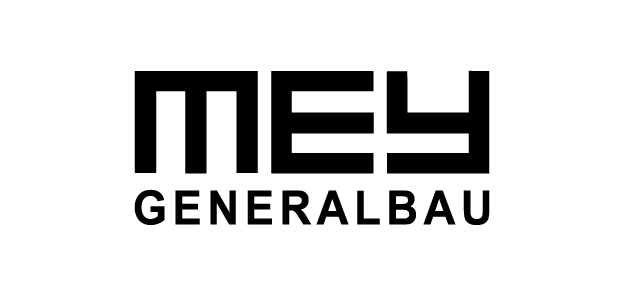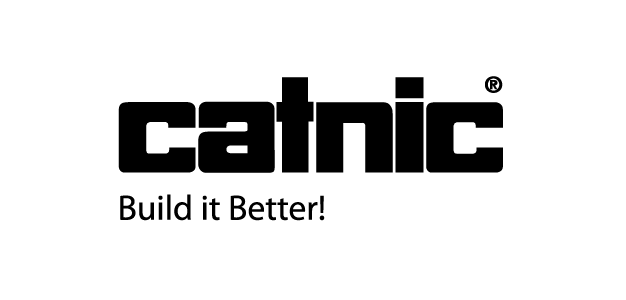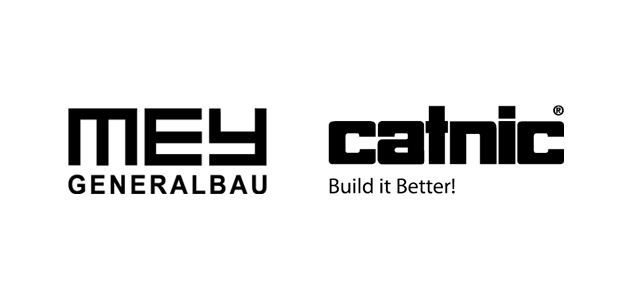Starting situation
Our customers Mey Generalbau GmbH and Catnic GmbH have been using the kameon system version 1.0 and later 2.0 successfully for years. Regular adjustments and further developments tailored to the customer ensured the system operated smoothly. One such example is a dedicated module for recording cases of damage that was created especially for Mey Generalbau and integrated into damage restoration. What was special about this module is that it was connected directly via interfaces to the systems of the relevant insurance companies. Catnic GmbH also used special solutions from the bbg bitbase group that made it possible for them to send EDI-supported documents. This resulted in a more environmentally friendly, paperless exchange of documents with customers and suppliers.
With the growing importance of app connections and due to new security requirements for browsers, the need to launch a new generation of kameon also increased. This was the reason for the bbg bitbase group to rise to the occasion technologically. The decision to bring about a shift in technology in both the backend and the frontend was driven by the objective to optimally position ourselves and our customers for the future.
Our solution
Our comprehensive solution consisted of a multitude of components. In the backend, we made a technological shift from .NET Framework to .NET Core. We built another service layer for the connection of REST-based access methods. The previous frontend, which was based on ASPx, was replaced with the GUI framework Angular. Existing modules were streamlined in the course of the migration, and the existing kameon app for Catnic was connected. A dedicated app for processing damage events was implemented for Mey Generalbau.
Outlook
With kameon 3.0, the bitbase group has laid the technological foundation for further development of their system. And the future is already at the starting blocks: a backlog of issues for further implementation was already filled during the implementation phase.
Features at a glance

- Recording of damage events in the area of damage restoration, both via external systems/interfaces and manually
- App for the processing of damage events
- 100% on-cloud – always accessible

- ERP functions for handling all relevant processes
- Paperless document exchange via EDI with connected customers
- Basis for the further development of dedicated production planning and control
- On-Premises – highest security

- .NET Core / .NET Framework for service layer development
- kameon framework
- Angular for redesigning the interface
Find out more here.
I will gladly advise you and look forward to receiving your questions.
